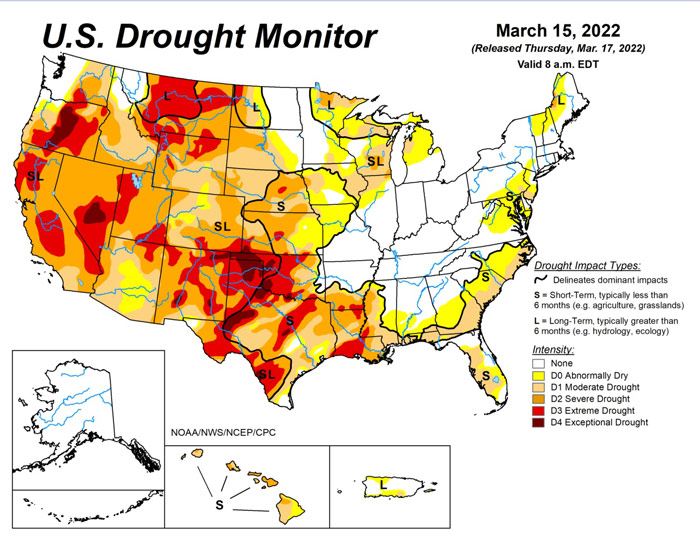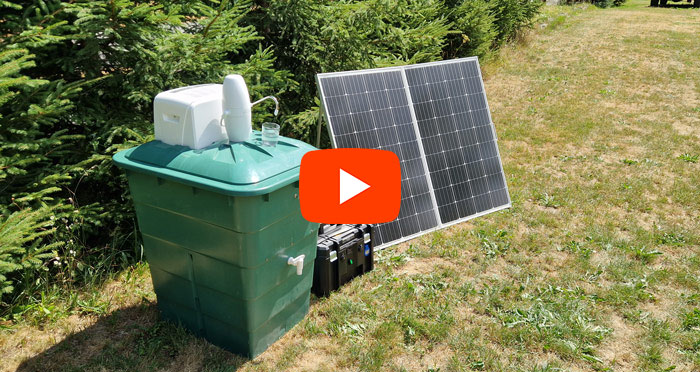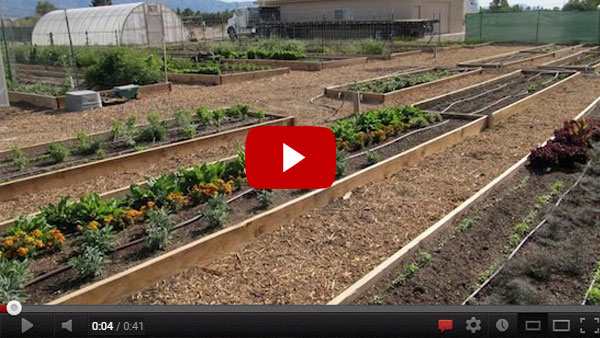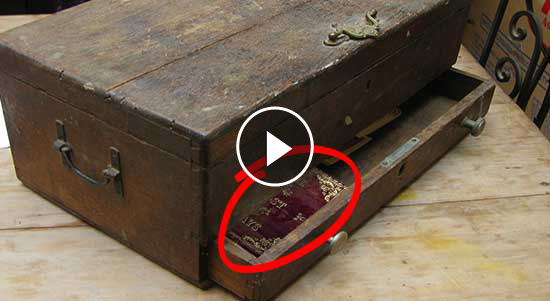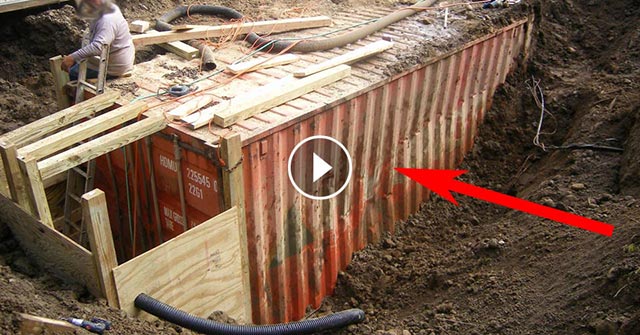Click Here To Join Our Telegram Channel for FREE daily tutorials!
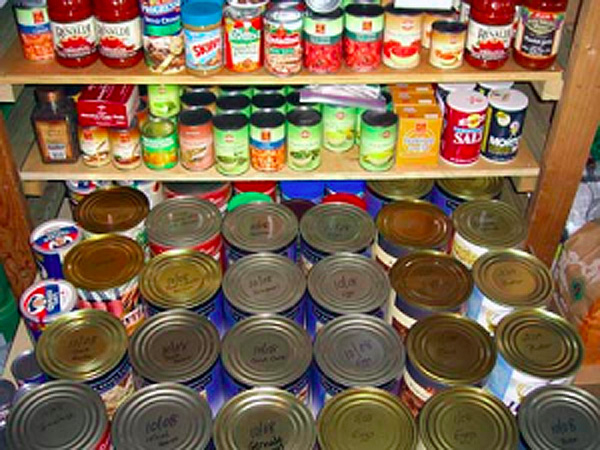
So we’ve talked about the 5 Golden Rules of Stockpiling and also about Stock Rotation , which covers the basis of stockpiling. But you still need to know a few more things to make sure your pantry and freezer can hold a good, solid stockpile.
One of them is item dating. This means that each item in your stock should have the date of purchase written on it, so you know exactly how old it is. This is the basic dating system, but there are other methods you can use to make it even easier to stock and rotate food. Let’s take them one by one:
1. Write the purchase date
As I said before, this is the system most people use when dating their survival items. You’ve got two options: you either write the date with a permanent marker on the packaging, or you put on a label with the date of purchase (so you can spot it easier). It’s your choice, just pick the one you’re most comfortable with.
If you an item has been stored for more than a year, you should check its shelf life to see for how long you can keep it in your pantry. However, my advice is to include the older items in your meals. It’s just safer this way.
2. Write the purchase date and the content
I like to write the name of whats in the can as well as the date I bought it. That way if the paper comes off I still know what I’m getting. Most cans now have an exp. date on the bottom.
Again, you can use a marker or a sticky label. This system is really useful and won’t take you a lot of time to do it. I personally recommend this one: you’ll know exactly what’s in the can or box at all times, even if the label happens to fall off. After all, you do want to know what you’re currently stocking, so you can check shelf life easier.
3. Date the items with numbers
This is the simplest one yet. Here’s what you need to do: write consecutive numbers on items of the same type. For example, you’ll write “1” on the first bean can you stock, then “2” on the next one and so on.
When you start using bean cans in your stock, just start with the “1”. Whenever you restock, check the highest number you’ve got and keep counting up.
4. Print a list

I suggest you do that even if you choose one of the systems above: keep an inventory of your stockpile somewhere near your pantry (or freezer). You can even stick it to the oantry door or one of your kitchen cupboards.
The inventory list should include the product type (spaghetti, for example), container (bottles, boxes, etc) and number of containers you currently have. Also, write down the date of purchase and shelf life. This way, you’ve got a complete stockpile “profile”.
When you use items in your pantry or freezer, don’t forget to scratch them off the list. And when you restock, add the newly bought items on paper.
Here’s another tip: every month or so, scan the list and see which items are getting close to their expiration dates. Circle them in red, so you know which ones you should eat first.
I really hope one of these dating systems will be useful to you and your family. And stay tuned: I’ve got another one about stock organization in the making.
This Crazy Off Grid Device Literally Makes Drinkable Water From Fresh Air:
According to NASA, the U.S. is expecting a 100-YEAR LONG MEGADROUGHT.
It's already begun. Ask the farmers in California. They know.
Every survivalist knows that water is of critical importance. You NEED an independent water source that you can count on!
As an interesting "survival rehearsal" - imagine that you turned the tap on right now and nothing came out. How long would you last?
But what if there was another water source literally hidden in plain sight. That's right, I'm talking about the atmosphere!
The amazing thing about getting water from the natural moisture in the air... is that it is ALWAYS available.
This gives you real water security!
Learn more about how to tap into "Nature's secret water reservoir" and stay hydrated when TSHTF!
Watch the video:
😳 What Tinnitus Does To Your Brain Cells (And How To Stop It)
After 47 years of studies and countless brain scans done on more than 2,400 tinnitus patients, scientists at the MIT Institute found that in a shocking 96% of cases, tinnitus was actually shrinking their brain cells.
As it turns out, tinnitus and brain health are strongly linked.
Even more interesting: The reason why top army officials are not deaf after decades of hearing machine guns, bombs going off and helicopter noises…
Is because they are using something called "the wire method", a simple protocol inspired by a classified surgery on deaf people from the 1950s...

I Can't Help Showing This Off:
If you haven't heard of Claude Davis yet do yourself a huge favor and watch this video.
One of the smartest guys I ever had the pleasure of meeting, Claude set-up a unique prepping system that changed his life forever.
I already tried it myself and let me tell... you I was completely blown away... His surprising tactics could make your life easier and give you the peace of mind you deserve.
Don't just take my word for it... watch his short video and decide for yourself.

Most People Don't Have The Guts To Try This:
An amazing discovery in an abandoned house in Austin, Texas: A lost book of amazing survival knowledge, believed to have been long vanished to history, has been found in a dusty drawer in the house which belonged to a guy named Claude Davis.
Remember... back in those days, there was no electricity... no refrigerators... no law enforcement... and certainly no grocery store or supermarkets... Some of these exceptional skills are hundreds of years of old and they were learned the hard way by the early pioneers.
>> Click here to find out about them now
We've lost to history so much survival knowledge that we've become clueless compared to what our great grandfathers did or built on a daily basis to sustain their families.
Neighbors said that for the last couple of years Claude has tried to unearth and learn the forgotten ways of our great-grandparents and claimed to have found a secret of gargantuan proportions. A secret that he is about to reveal together with 3 old teachings that will change everything you think you know about preparedness:
>>> Click Here To Watch His Short Video <<<

More Off-Grid And Survival Resources:

What REALLY Happens When You Bury a Shipping Container? (Hint: It's A Bit Crazy...)
Shipping containers are all the rage - but if you are thinking about buying one, you MUST watch this video first:
There's a general belief that if you bury a shipping container you can create an awesome root cellar / storm shelter / survival bunker.
But is a shipping container strong enough to handle the pressure?
Watch the video to see what happens:
What Really Happens When You Bury a Shipping Container? (Click To Watch Video)

